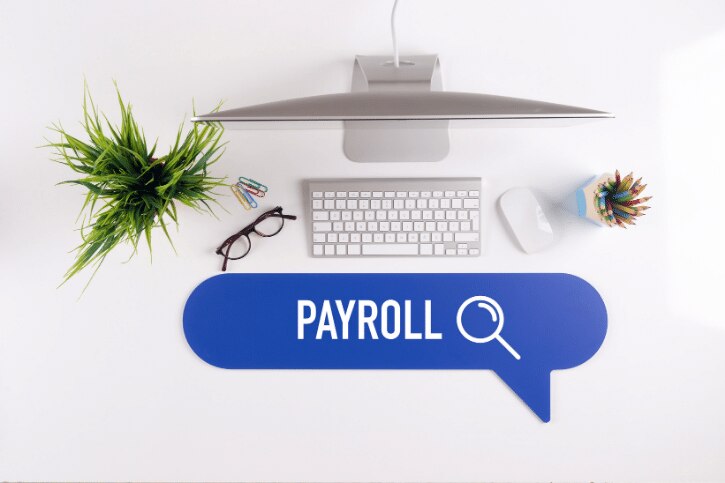In this article, you will learn:
- What is Payroll?
- What are Various Payroll Services?
- Payroll Computation
- Preparation of Payslip
- Furnishing of IR8A and IR21 Income Tax Forms
- Preparation and Filing of Monthly CPF Contributions
- Providing Payroll Reports
- Leave Management
As per the employment act, you as an employer must pay salary to the employees at least once a month and within 7 days after a specific salary period ends. However, there are certain circumstances like overtime, resignation without notice, and other situations where you need to pay a salary as per the prescribed legislation for the same.
Furthermore, from April 1, 2016, you are required to issue itemized payslips to your employees who are covered by the employment act. In addition to this, you also need to keep detailed employment records including salary records of those employees who come under the purview of the employment act.
This means that payroll is more than just preparing payslips for your employees, calculating incentives or increments, processing deductions, and so on.
Hence, these functions involve a huge amount of effort as well as resources. Therefore, as an employer, you can either carry out such functions with cloud-based payroll software or outsource payroll services to a third party.
So, let’s understand what is an online payroll and what are various payroll services.








